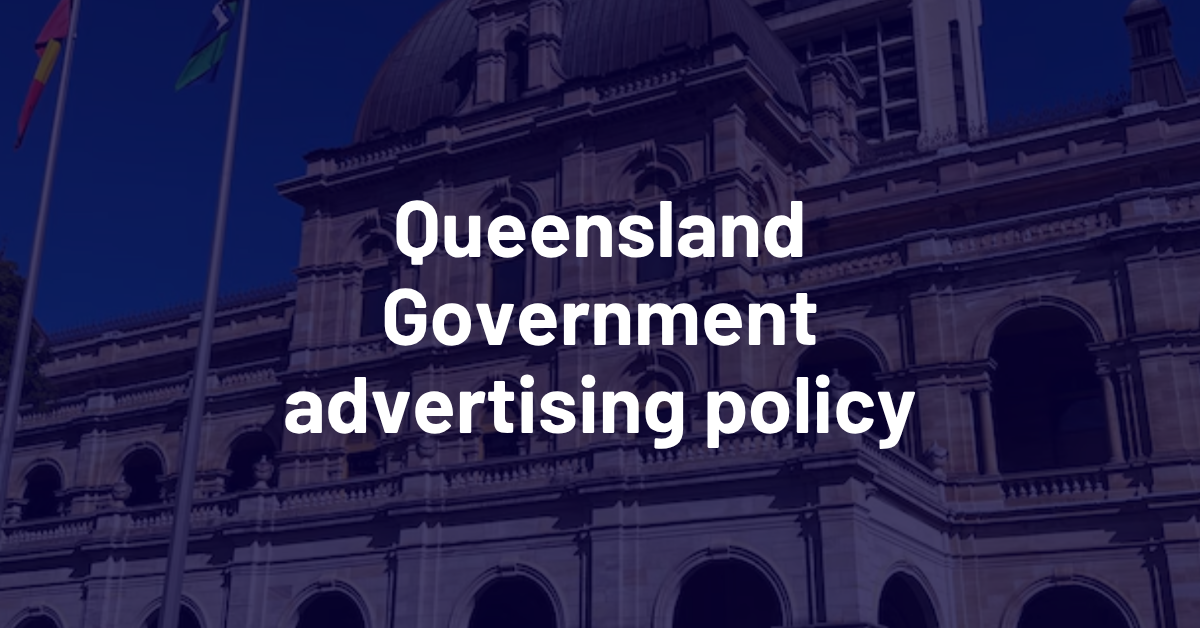LINA’s letter to the Queensland Premier the Hon David Crisafulli and the Minister for Primary Industries the Hon Tony Perrett outlines how the policy could better support community newsrooms and align with the the guidelines of the News Media Assistance Program. This could be achieved by tweaking the policy guidelines to include digital newsrooms, not just print newspapers, within the percentage of government advertising allocated to local newsrooms.
Importantly, this broader, future-focused approach is consistent with the principles outlined in the Commonwealth government’s News Media Assistance Program (News MAP) 2024 framework. As the framework advises:
“Journalism policy should generally be neutral about the distribution method…
Australians are able to access news content through a broad range of distribution
technologies—print newspapers, radio, television, digital publications and online services like podcasts and social media… government interventions should not generally betargeted to a specific distribution technology…” and
“Promote diversity and competition, and respond to changing conditions… Policy
interventions should not seek to fix or revert things to a point in time, entrench
incumbents, or fail to pragmatically engage with changes in technology.”
Excluding digital channels from the mandatory allocation risks inadvertently privileging legacy formats over innovation, contrary to these guidelines. It also narrows the reach and effectiveness of government messaging—particularly during natural disasters and emergencies, where digital platforms often provide real-time updates when print delivery may be delayed.
Including digital news platforms in the 75 per cent advertising requirement would:
- Reflect how regional audiences actually consume news today;
- Strengthen the financial sustainability of local journalism in both print and digital forms;
- Support innovation, reach underserved demographics, and build media diversity;
- Facilitate immediate calls to action from readers, directing new traffic to government
websites and services; - Provide easy access to immediately change messaging if needed;
- Ensure government communications are both effective and equitable across all formats,
especially during emergencies.


